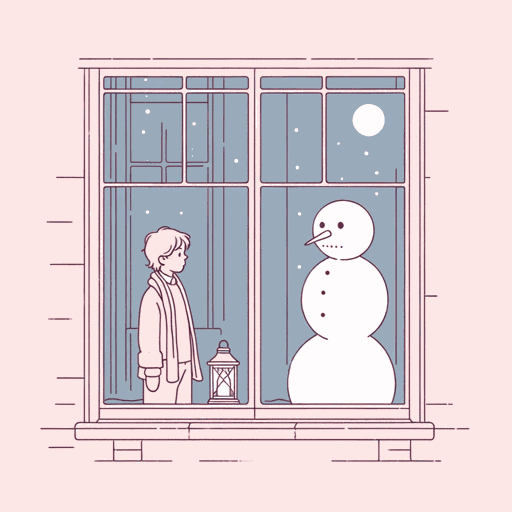17 pages • 34 minutes read
Richard WilburThe Writer
Fiction | Poem | Adult | Published in 1969A modern alternative to SparkNotes and CliffsNotes, SuperSummary offers high-quality Study Guides with detailed chapter summaries and analysis of major themes, characters, and more.
Symbols & Motifs
The Starling
The introduction of the starling marks the poem’s major hinge or turning point. The speaker revisits this memory of the starling caught inside the room because his daughter’s struggles remind him of this seemingly unrelated, inconsequential moment. The starling here becomes a metaphor for the speaker’s daughter, as well as for the struggles each character is facing: the highs and lows of creative inspiration, and the constraints of parenthood.
When the speaker first reflects on his memory of the starling, the moment in time is bound to a particular place: “Which was trapped in that very room” (Line 17). The word “trapped” here is full of meaning; it refers to the way the daughter’s ideas are trapped inside her head, and the way she in turn is trapped by them until she finds a way to do them justice on the page. What’s notable about this scene is that the father and daughter never try to trap the bird in order to free it; they simply offer it a way out and then “[retreat], not to affright it” (Line 19). This suggests that creativity can’t be forced, and neither can freedom. The bird spends the next hour beating itself “humped and bloody” (Line 25), mirroring the frustrations of creative stagnation.


